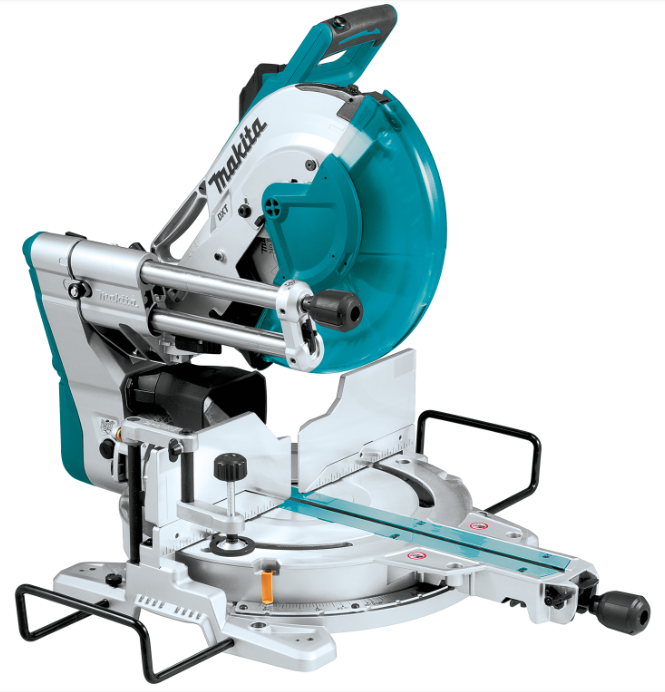Created February 2025
Action
Demonstrate safe use of sanding machines (drum, spindle and disc sanders). Address the below aspects, and demonstrating you are comfortable operating the machine safely and have an understanding of safety concerns.
Machine purpose
Explain what each sander is best used for, what it shouldn’t be used for and when other methods of sanding might be better (i.e. hand tools/sanding, further wood prep, finish needs).
Wood preparation
What wood preparation is essential to limit damage to sander abrasive papers?
What challenges does workpiece size present to safe operation of sanders?
Why might glued workpieces, and resinous and green timber be an issue?
Machine setup and operation
For each type of sander, using suitable workpieces, show the assessor how to set each machine up and operate each by
- removing (approx.) 0.1mm of stock from a workpiece, illustrating your understanding of height adjustment, and abrasive management on both the double and single drum sanders
- Smoothing a flat surface and rounding over an edge and corner on the linisher/disc sander
- Sanding a curved and a convex shaped edge of a workpiece on the spindle sanders, using two different sized abrasive spindles.
Demonstrate your understanding of issues, safety and operational differences by explaining as you go what you are doing and why, including:
- set up adjustment options and special features (e.g. table angle, left vs right hand thread adjustments on spindle sanders, jig use)
- any accuracy issues
- what safety issues must be considered while operating the machine (e.g. stance, kickback issues, direction of rotation, and hand placement)
- why keeping control of the workpiece is critical and what can be done to minimise the risk of losing control
- identify sounds and set up matters that signal the machine is not operating properly and what to do next (e.g. flapping or squealing sound on drum sander, varying machine speed sound, sanding belt is not properly aligned)
- dos and don’ts not otherwise covered e.g. dust management, leave machine running, hand placement.
Member responsibilities
- identify the relevant PPE and clothing/adornment (incl hair)
- explain what is required before leaving the sander ready for the next user including clean up obligations
- speak to responsibilities to others incl kickback issues, unsafe behaviours and misuse of machines
- when is a member expected to seek assistance.

